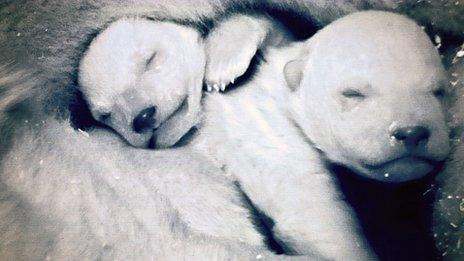Ice breaker: How do you find a mate for a polar bear?
- Published
A mate has been sought for one of two male polar bears kept in Scotland but what does it take to find the perfect mate for a polar bear?
Arktos shares an enclosure with Walker at the Highland Wildlife Park at Kincraig, near Aviemore. Next year, Arktos could be paired up with a female. But the process of finding a suitable mate is far from simple.
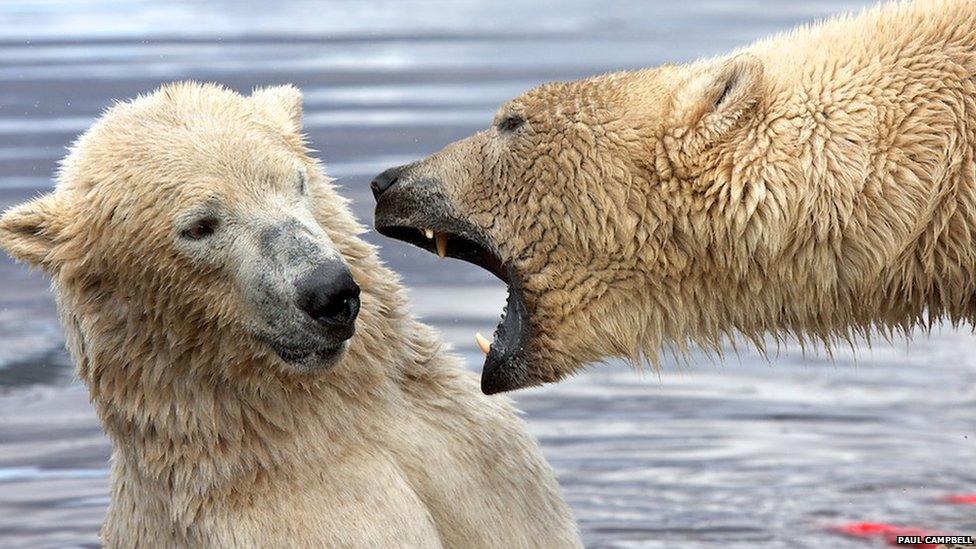
Arktos, right, is a year older than Walker. He arrived at the park in April 2012 from a zoo in Hannover, Germany. Walker has been at the site since November 2010, after being introduced from a Dutch zoo.
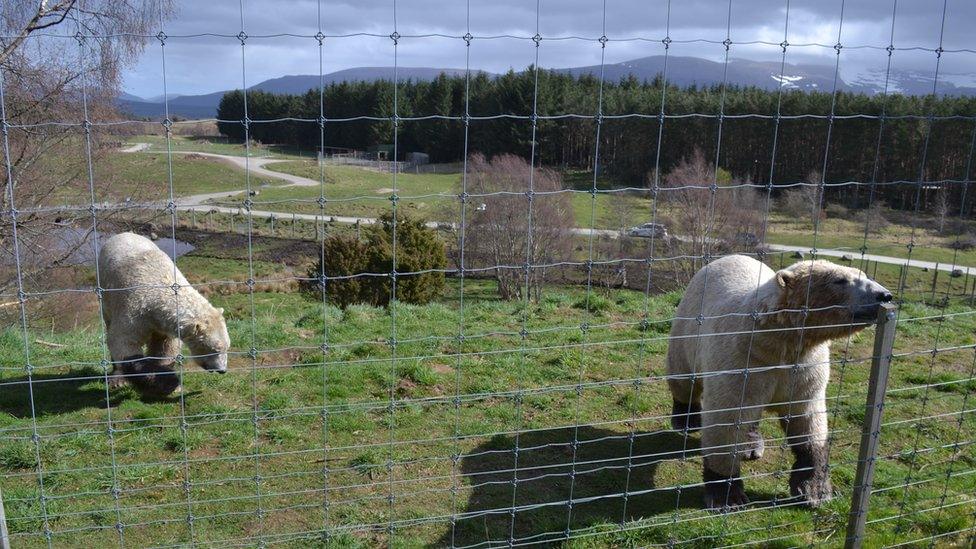
The two are the only polar bears in a UK zoo.
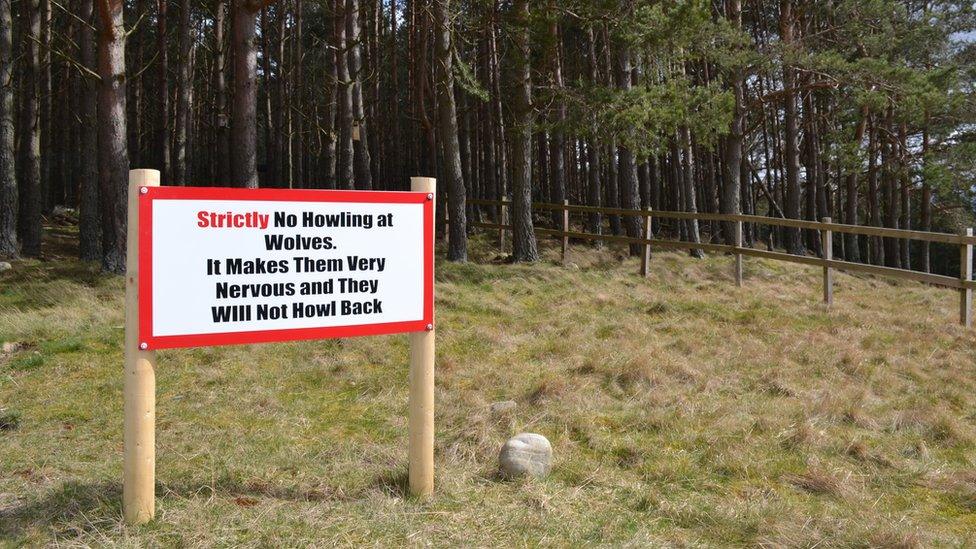
The Highland Wildlife Park's other residents include wolves, bison, lynx, wildcats and snow monkeys.

In 2011, the park had hopes of pairing up Walker with a mate but that plan was put on ice following suspicions that she was already pregnant. The new female bear would be genetically compatible with both Walker and Arktos. However, Arktos is regarded as "slightly more genetically important," according to the park. That is because he has fewer relations in the European zoo population, lowering the risk of inbreeding.
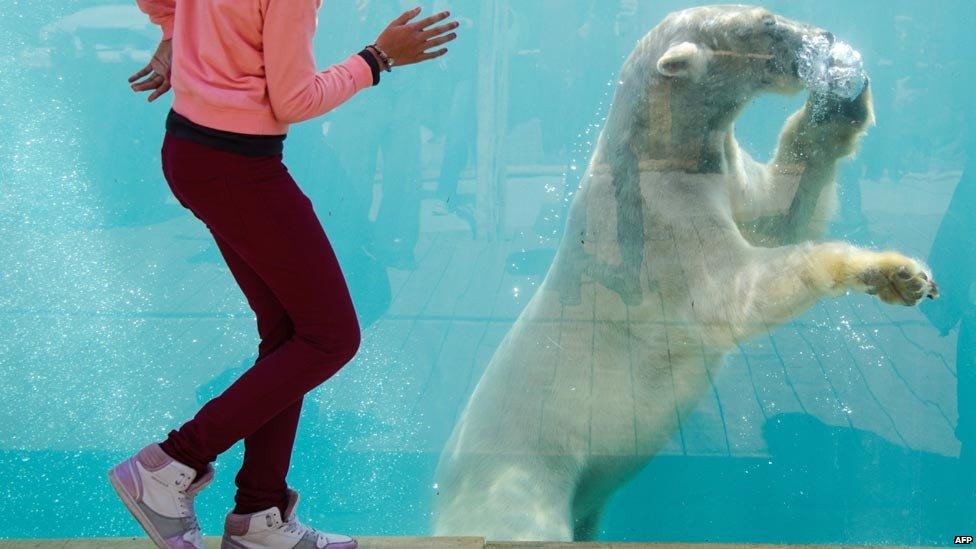
The park's Douglas Richardson recently attended a meeting of the European Zoo Association's polar bear breeding programme species committee. A range of matters were discussed, including how best to pair up males and females for breeding. During the meeting, a female was recommended for the Highland Wildlife Park.
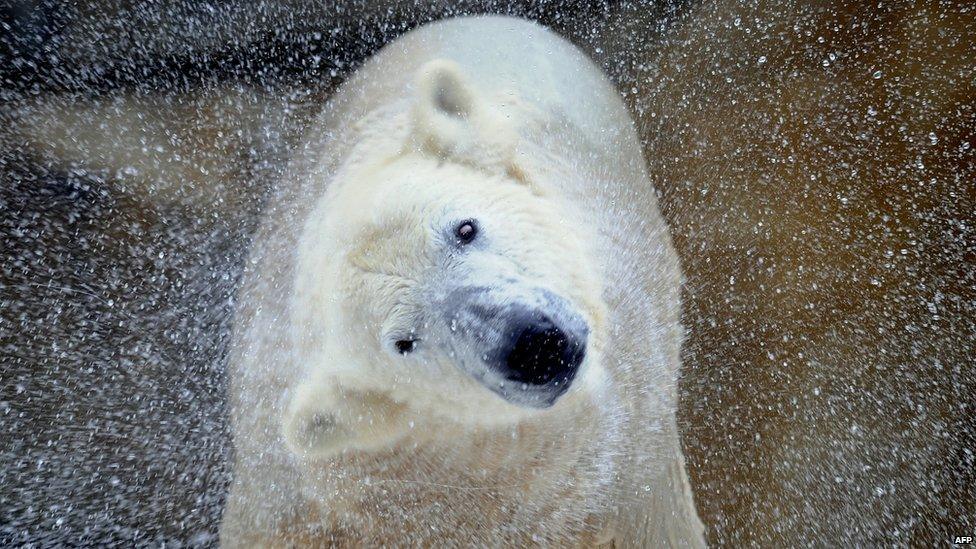
Mr Richardson said: "We have specialised software which allows us to make complicated decisions. It looks at inbreeding coefficients, degree of relatedness, age of the animals and whether a bear is of a rare bloodline or a common one. This is stuff that would take three days to work out with pen and paper. A document has been produced and given to all the zoos. But it is like being in a chain for buying a house. It could be the female bear recommended is already being prepared for another mate, or has a health condition. If one thing breaks in the chain, it affected the whole process."
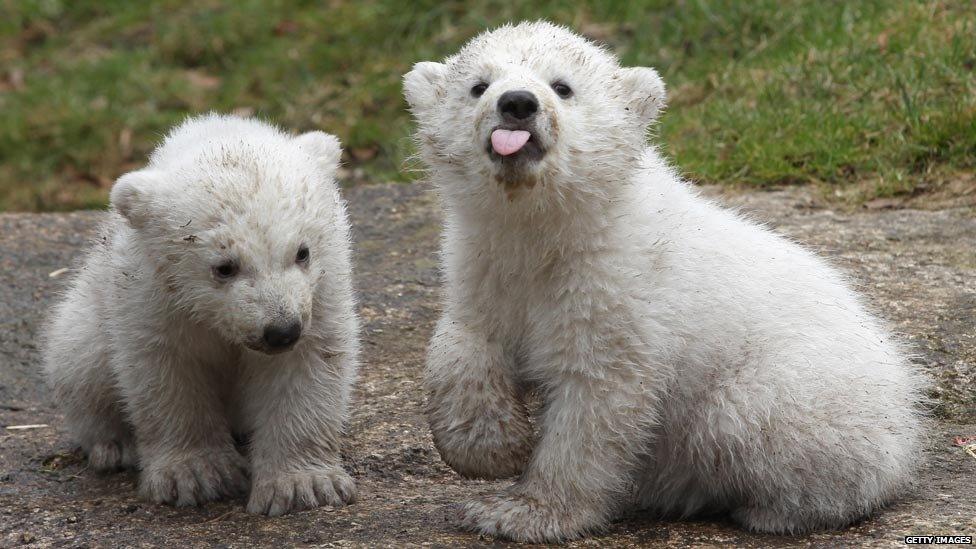
The park has set aside space for a new enclosure for the female. Depending on funding, the bear could be in Scotland next year. Mr Richardson said: "Getting the female pregnant is not the hardest part - most zoos with bears have cubs. Persuading the female to rear her cubs is the difficult part. They have a very exaggerated need for privacy. We are confident the enclosure we are planning at the park would give her that."
- Published1 August 2013
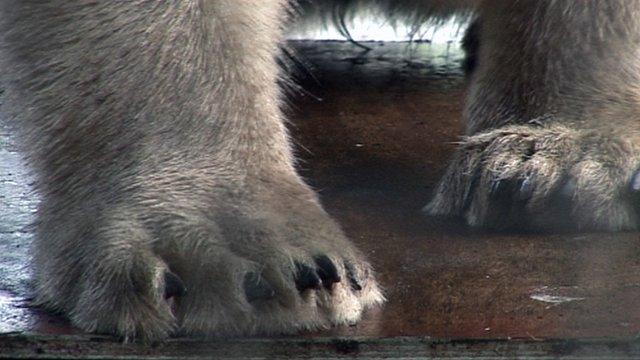
- Published31 January 2013
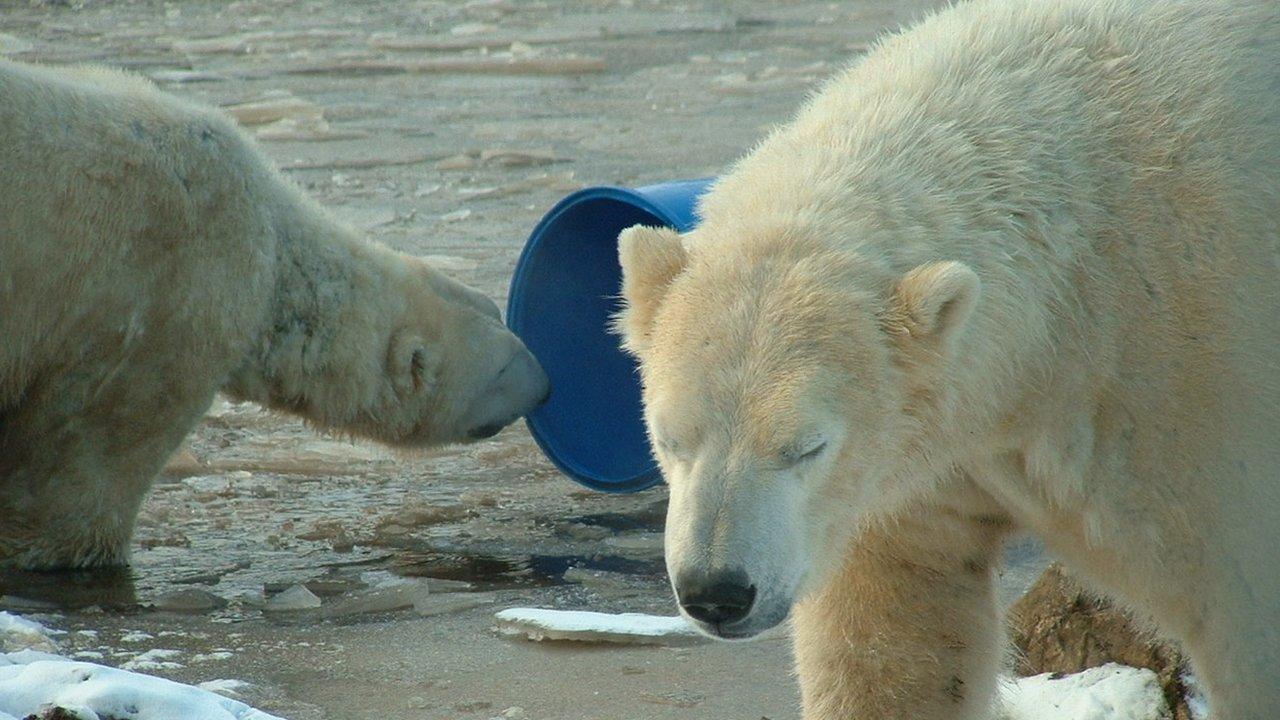
- Published5 January 2013
